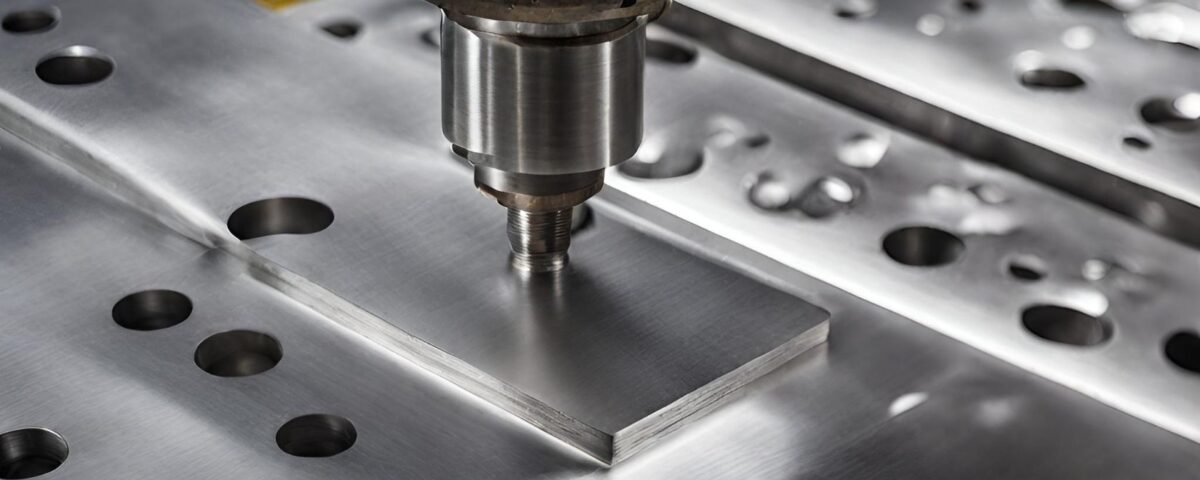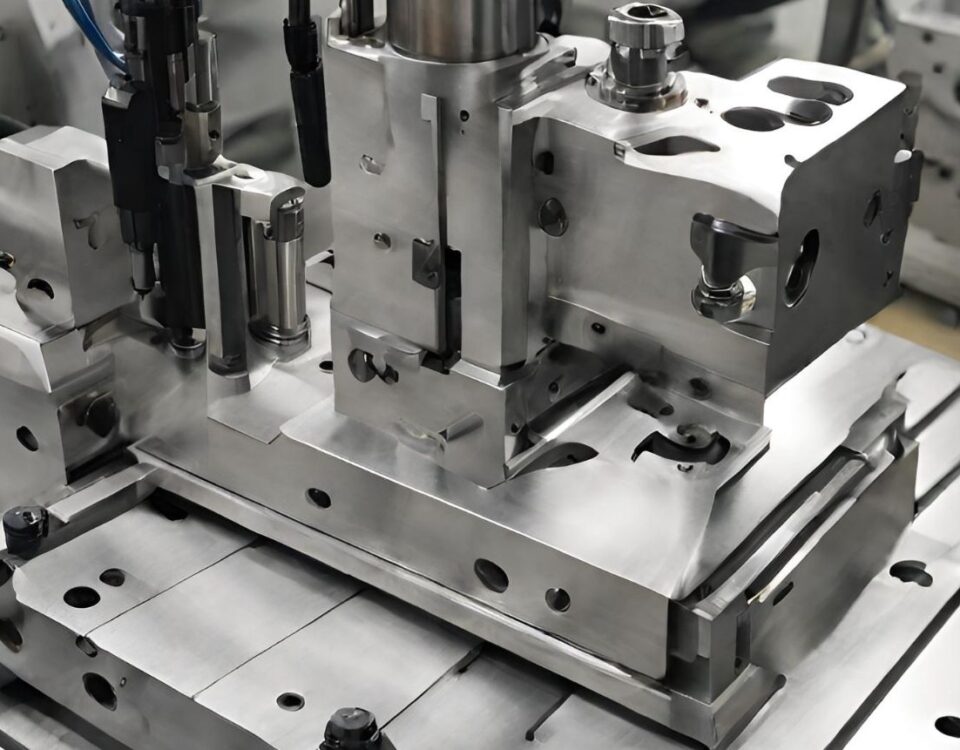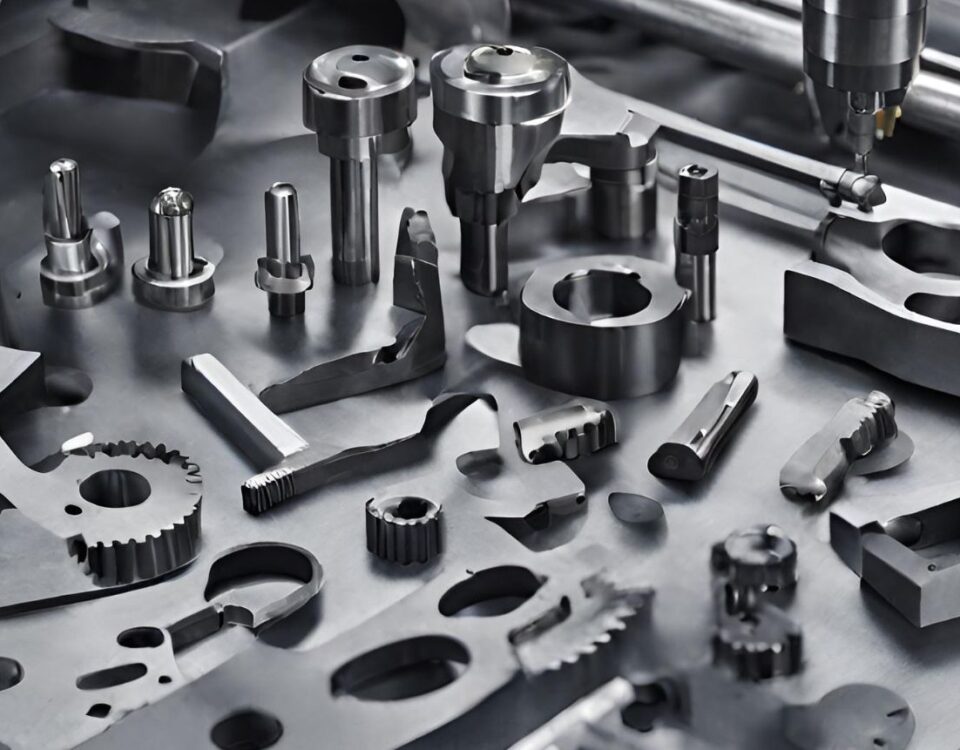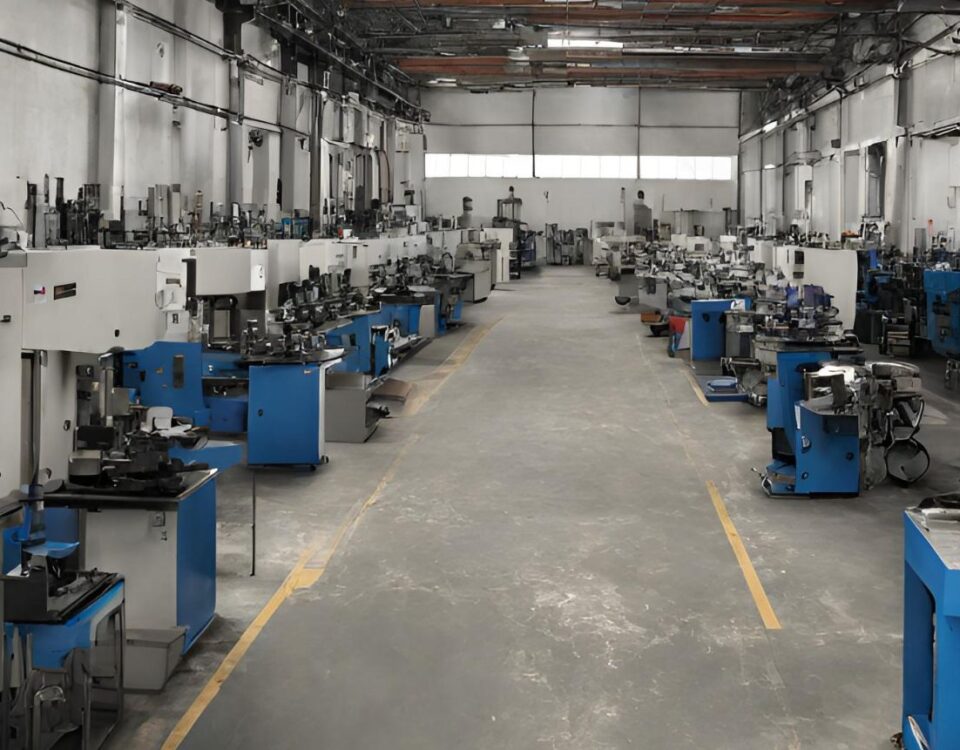
Machining and Fabrication: Exploring Precision in Manufacturing
15 February 2024
The Impact of 3D Printing Services
19 February 2024Aluminum stamping stands as a cornerstone of modern metal fabrication, offering unparalleled versatility, efficiency, and precision in the production of intricate metal components and assemblies. This article delves into the world of aluminum stamping, exploring its techniques, applications, advantages, and future prospects in various industries.
Understanding Aluminum Stamping
Aluminum stamping, also known as aluminum metal stamping or aluminum sheet metal stamping, is a manufacturing process that involves the shaping and forming of aluminum sheets or coils into desired shapes and configurations using stamping dies and presses. This process is widely used in industries such as automotive, aerospace, electronics, and consumer goods, where lightweight, durable, and corrosion-resistant components are essential.
Key Components of Aluminum Stamping
-
Aluminum Sheet or Coil: Aluminum stamping begins with the selection of aluminum sheet or coil stock, which is typically made from aluminum alloys such as 1xxx, 3xxx, or 5xxx series. These alloys offer a combination of strength, formability, and corrosion resistance, making them suitable for a wide range of stamping applications.
-
Stamping Dies: Stamping dies, also known as tooling or molds, are precision-engineered components used to shape and form aluminum sheets or coils into desired shapes and configurations. These dies consist of male and female components that define the geometry and features of the stamped parts, including bends, cutouts, embossing, and perforations.
-
Stamping Presses: Stamping presses are machines used to apply force to the stamping dies, causing the aluminum sheets or coils to be formed into the desired shapes. These presses come in various configurations, including mechanical, hydraulic, and servo-driven, each offering different levels of precision, speed, and capacity.
-
Lubricants and Coolants: Lubricants and coolants are used during the aluminum stamping process to reduce friction, heat, and wear on the stamping dies and aluminum sheets or coils. These fluids help improve the efficiency of the stamping operation, prolong the life of the tooling, and ensure the quality of the stamped parts.
Applications of Aluminum Stamping
-
Automotive Industry: Aluminum stamping is widely used in the automotive industry for the production of lightweight components such as body panels, chassis components, heat shields, and structural reinforcements. The lightweight nature of aluminum makes it an ideal choice for improving fuel efficiency and reducing emissions in modern vehicles.
-
Aerospace and Defense: In the aerospace and defense industries, aluminum stamping is utilized to fabricate components and assemblies for aircraft, spacecraft, and military equipment. From structural components and aircraft skins to interior panels and avionics enclosures, aluminum stamping offers the strength, durability, and weight savings required for aerospace applications.
-
Electronics and Consumer Goods: Aluminum stamping is also prevalent in the electronics and consumer goods industries for the production of enclosures, housings, brackets, and heat sinks. The excellent electrical conductivity and thermal properties of aluminum make it an ideal choice for dissipating heat and providing electromagnetic shielding in electronic devices and appliances.
-
Renewable Energy: Aluminum stamping plays a vital role in the renewable energy sector for the production of components and assemblies for solar panels, wind turbines, and energy storage systems. Aluminum's corrosion resistance and recyclability make it a sustainable choice for renewable energy applications, where durability and environmental considerations are paramount.
Advantages of Aluminum Stamping
-
Lightweight and Durable: Aluminum stamping offers the benefits of lightweight construction combined with exceptional strength and durability, making it ideal for applications where weight savings and performance are critical, such as automotive and aerospace industries.
-
High Precision and Complexity: Aluminum stamping allows for the production of complex geometries and intricate features with tight tolerances, ensuring precise fit and functionality in the finished components and assemblies.
-
Cost-Effectiveness: Aluminum stamping is a cost-effective manufacturing process compared to other metal forming methods such as machining or casting, thanks to its high-speed production capabilities, minimal material waste, and efficient use of resources.
-
Corrosion Resistance: Aluminum exhibits excellent corrosion resistance, making it suitable for outdoor and harsh environment applications where protection against rust and degradation is essential, such as marine, automotive, and architectural industries.
Challenges and Future Trends
Despite its numerous advantages, aluminum stamping also presents challenges such as material springback, tool wear, and process complexity. However, ongoing advancements in stamping technology, materials science, and digital manufacturing are poised to address these challenges and drive further innovation in the field of aluminum stamping.
Conclusion
In conclusion, aluminum stamping stands as a versatile, efficient, and precise manufacturing process that plays a vital role in various industries, from automotive and aerospace to electronics and renewable energy. With its lightweight construction, high strength, and corrosion resistance, aluminum stamping offers a compelling solution for producing complex components and assemblies with exceptional performance and durability. As technology continues to evolve and customer demands evolve, the importance of aluminum stamping in unlocking new possibilities and driving progress in metal fabrication cannot be overstated.




